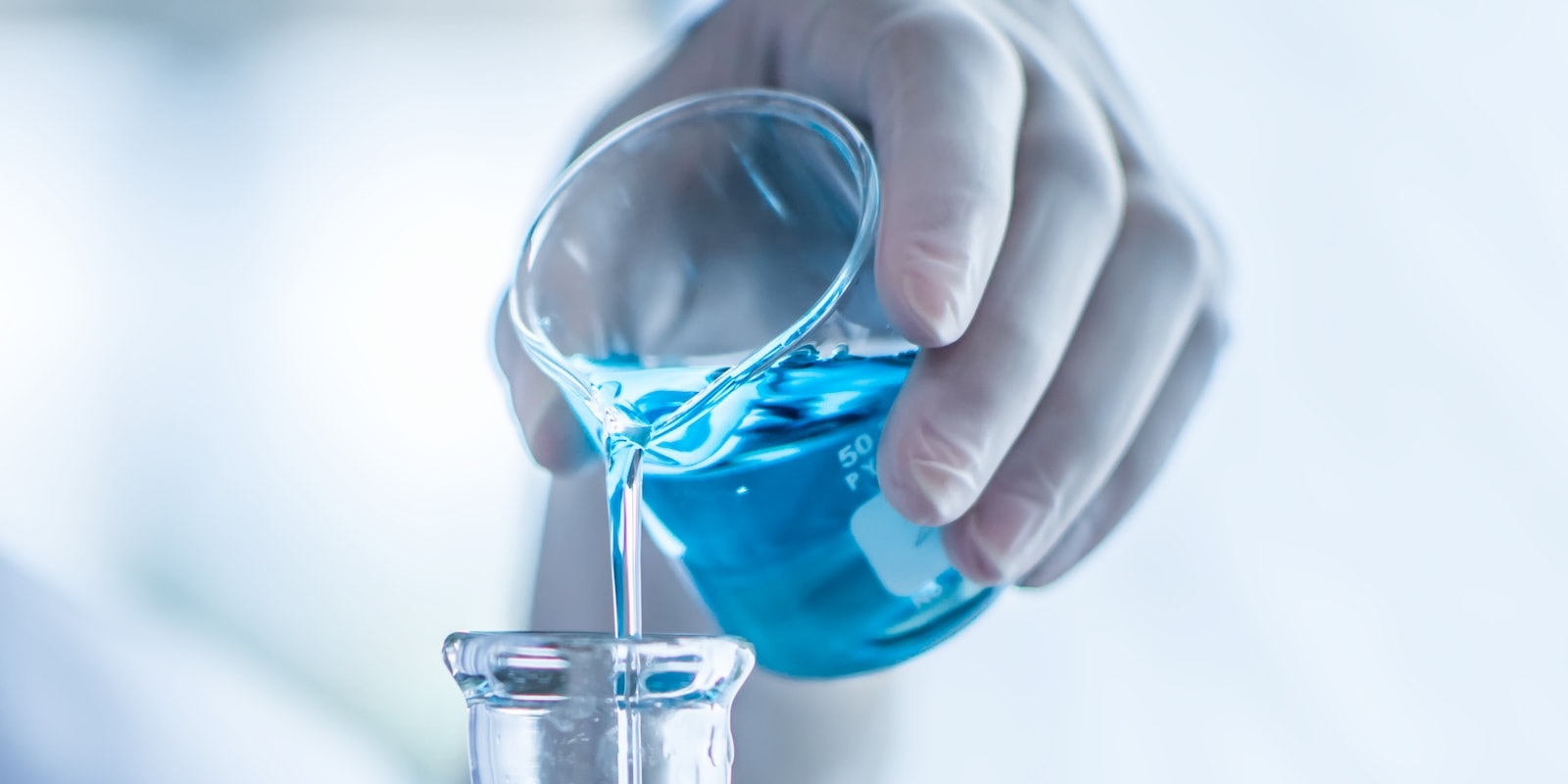Thursday, June 5, 2025
The use of biodegradable and renewable raw materials, as well as production processes that reduce environmental impact, are some of the key features to make these types of cleaning products more sustainable. We’ll tell you everything you need to know about them, with the help of an expert.
Society is becoming increasingly aware of the impact of its purchasing decisions. Consumers know the products they buy at the supermarket will affect both the health of their home and the health of the planet. A study by Amazon underscores this, revealing that 81% of Spaniards prefer to buy sustainable products.
At Planet Energy, we wanted to focus on one of them: detergents. What criteria must this type of product meet to be sustainable? Virginia Sánchez González, Global Marketing Manager for the Surfactants Area at Moeve Chemicals, points out that "although there is still no specific regulation exclusively addressing the sustainability of these products, the International Association for Soaps, Detergents, and Maintenance Products (AISE) has developed a sustainability charter in which several characteristics are defined to determine whether a detergent can be considered sustainable.”
The expert highlights several key factors, “from reducing emissions during production processes, using recyclable and reusable packaging, to biodegradability and the use of plant-based or other renewable ingredients that can replace or mix with fossil-based raw materials to enhance product sustainability.” One key advantage of these new concentrated and ultra-concentrated formulas is that they use less water in their composition, which not only reduces the water footprint but also lowers transportation-related emissions. This, in turn, significantly enhances the sustainability of home cleaning.
Therefore, the expert defines a sustainable detergent as “a product designed to minimize its environmental impact throughout its entire lifecycle, from production and usage to disposal, such as a focus on reducing CO2 emissions.” The benefits are obvious. However, as Virginia Sánchez points out, “some consumers may perceive that sustainable detergents don’t clean as effectively. That's why it’s important to develop new formulas and ingredients for sustainable detergents that maintain washing effectiveness.”
In this regard, the industry is already investigating new formulas. One highly studied area, according to Moeve Chemicals’ spokesperson, involves “the search for alternatives to traditional ingredients, while ensuring that washing efficiency is maintained; such as creating surfactants (the active ingredient responsible for cleaning) from biomass.” Another line of research focuses on methods to further reduce CO2 emissions associated with the product’s lifecycle. This is the case with formulations that allow for washing under gentler conditions, such as cold-water detergents or short cycles.
And if we focus on Spain, it seems we’re not doing too badly. “Both global and local companies are implementing sustainability strategies in their products and launching new, more sustainable detergents in the market,” the expert reveals. This also applies to ingredient producers. “For example, at Moeve, we’re leading the production of sustainable surfactants and developing innovative products like the new NextLab product range, which reduces the carbon footprint of detergents where it’s used, while maintaining the cleaning effectiveness of the products,” she adds.
How to identify them
Despite their many benefits, consumers still have doubts when it comes to identifying sustainable products. According to the aforementioned study by the e-commerce giant, 68% of respondents admitted that they struggle to recognize which products are sustainable. To help with this task, in recent years, the so-called "green labels" have been developed. The most widespread one is the European Ecolabel or EU Ecolabel, born in 1992 and regulated by the European Union.
However, when it comes to detergents, besides the Ecolabel, there are other sustainable labels. Blue Angel, US EPA Safer Choice, USDA Certified Biobased Product, and Nordic Swan are some of the best-known ones. “Each of these labels has its own criteria, but in general, they all help identify detergents that meet certain environmental criteria, contribute to consumer health protection, and promote responsible production practices,” explains Virginia Sánchez.
The expert also points out that “gradually, labels related to the carbon footprint of these cleaning products are starting to appear.” Although still not very common in the sector, these labels could help consumers make more informed purchasing decisions regarding sustainability. Additionally, she highlights that “the product digital passport (PDP), introduced by Regulation (EU) 2024/1781, could become a key tool for identifying sustainable detergents in the future, as it provides detailed information on their environmental impact and eco-design features.”
Besides buying sustainable products, to make laundry a more sustainable task, Virginia Sánchez recommends “washing at low temperatures, always filling the washing machine, using short and efficient cycles, air-drying clothes, reusing and recycling packaging, properly dosing detergent, and avoiding pre-washing unless strictly necessary.” Small but impactful actions that make a difference.
¿Te ha parecido interesante?





